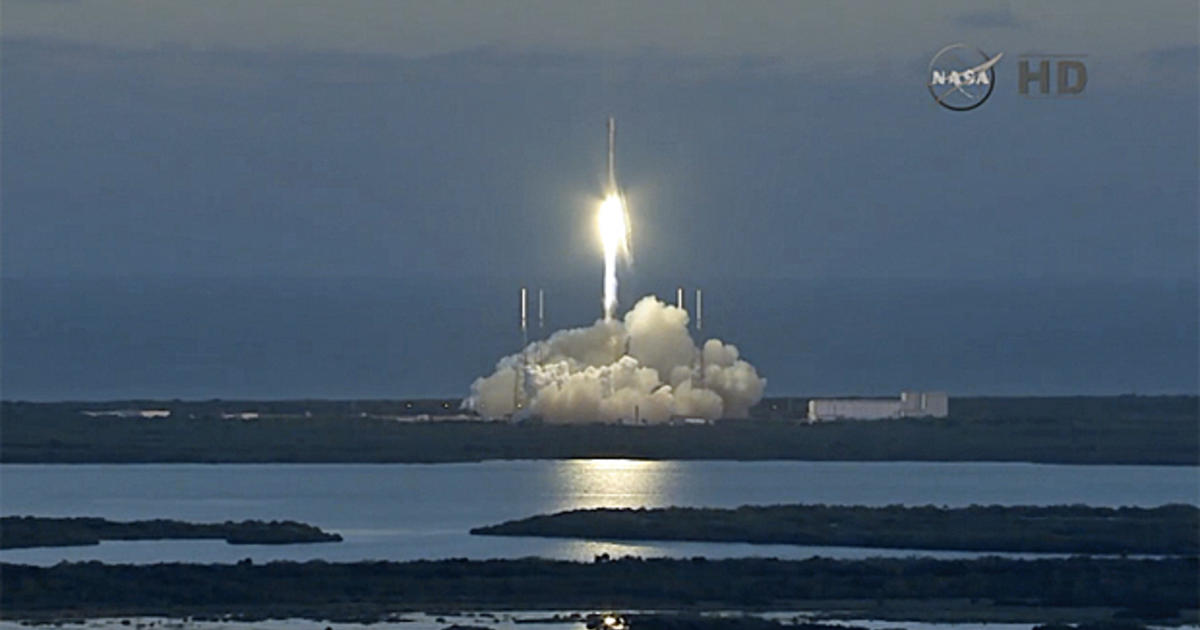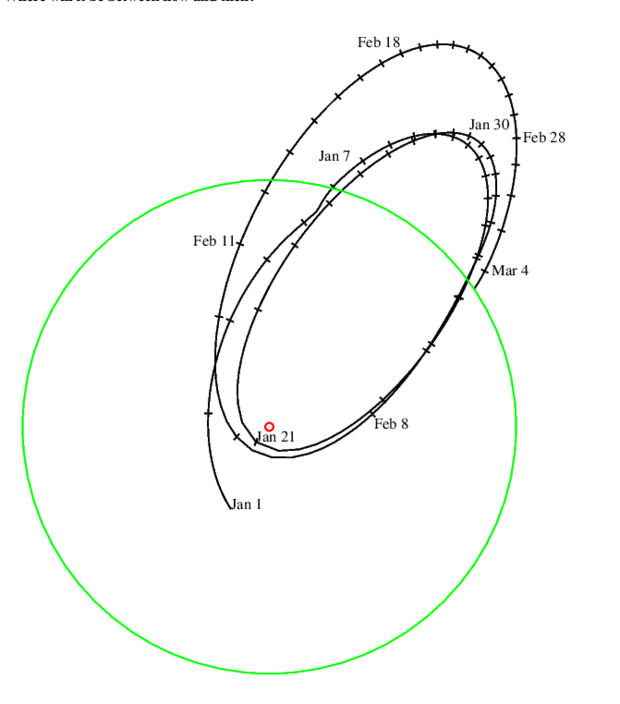SpaceX is about to leave a permanent mark in space. Astronomers said this week that a piece of a Falcon 9 rocket that was launched in February 2015 is currently on a trajectory to collide with the moon in just a few weeks.
The rocket left from Florida’s Cape Canaveral and launched NOAA’s Deep Space Climate Observatory, a project that allows researchers to maintain real-time data for more accurate space weather alerts and forecasts. According to NOAAhaving that data is “critical,” as space weather events “have the potential to disrupt nearly every major public infrastructure system on Earth.”
During that deployment, Falcon 9’s second stage, which provides it with a second boost to reach its desired orbit, ran out of fuel to return to Earth, according to meteorologist and Ars Technica space editor Eric Berger. The second stage has been orbiting Earth ever since, and now, according to data gathered by astronomers, it’s on track to hit the moon.
Bill Gray, who writes the Project Pluto software that is used by both amateur and professional astronomers, gathered data from those space observers over the past few weeks to predict just when the impact will occur. Based on the information he gathered, there will be a 「certain impact」 with the far side of the moon on March 4, he said.
Astronomer Jonathan McDowell also confirmed the collision date, tweeting on Tuesday, “For those asking: yes, an old Falcon 9 second stage left in high orbit in 2015 is going to hit the moon on March 4.”
Bill Gray/Project Pluto
The rocket stage is currently floating away from Earth and outside of the moon’s orbit on a “chaotic” orbit, Gray said, but in the coming days, it’s expected to turn around and head back towards Earth. It made a “close lunar flyby” on January 5, but March 4 is when its path and the moon’s will cross.
“If this were a rock, I’d be 100%,” Gray wrote on Project Pluto about his certainty that the second stage will hit the moon. “But space junk can be a little tricky. …At a guess, the above prediction may be wrong by a few kilometers and second from the predicted time. We’ll need (and I am confident will get) more observations in early February to refine the prediction.”
While the collision course is interesting, McDowell has said on Twitter that it’s “not a big deal.”
“Things left in cislunar orbit are unstable,” he tweeted at one person who asked if the collision is deliberate. 」[They] will eventually either hit the Moon or the Earth or get perturbed to solar orbit.”
Gray has agreed that there is no concern from a safety viewpoint. However, he said, this is the “first unintentional case” of space junk hitting the moon that he’s aware of. Other space missions have resulted in boosters being deliberately aimed at the moon, he said.
It’s unclear if Earth-bound astronomers will be able to observe the actual collision, Gray said.
“The bulk of the moon is in the way, and even if it were on the near side, the impact occurs a couple of days after New Moon,” he said.
But it could provide more answers about the makeup of Earth’s moon if lunar orbiters are able to observe the crash site.
「If we can tell the [lunar orbiter] folks exactly where the crater is, they’ll eventually pass over that spot and be able to see a very fresh impact crater and probably learn something about the geology (well, selenology) of that part of the moon,” Gray said.
















+ There are no comments
Add yours